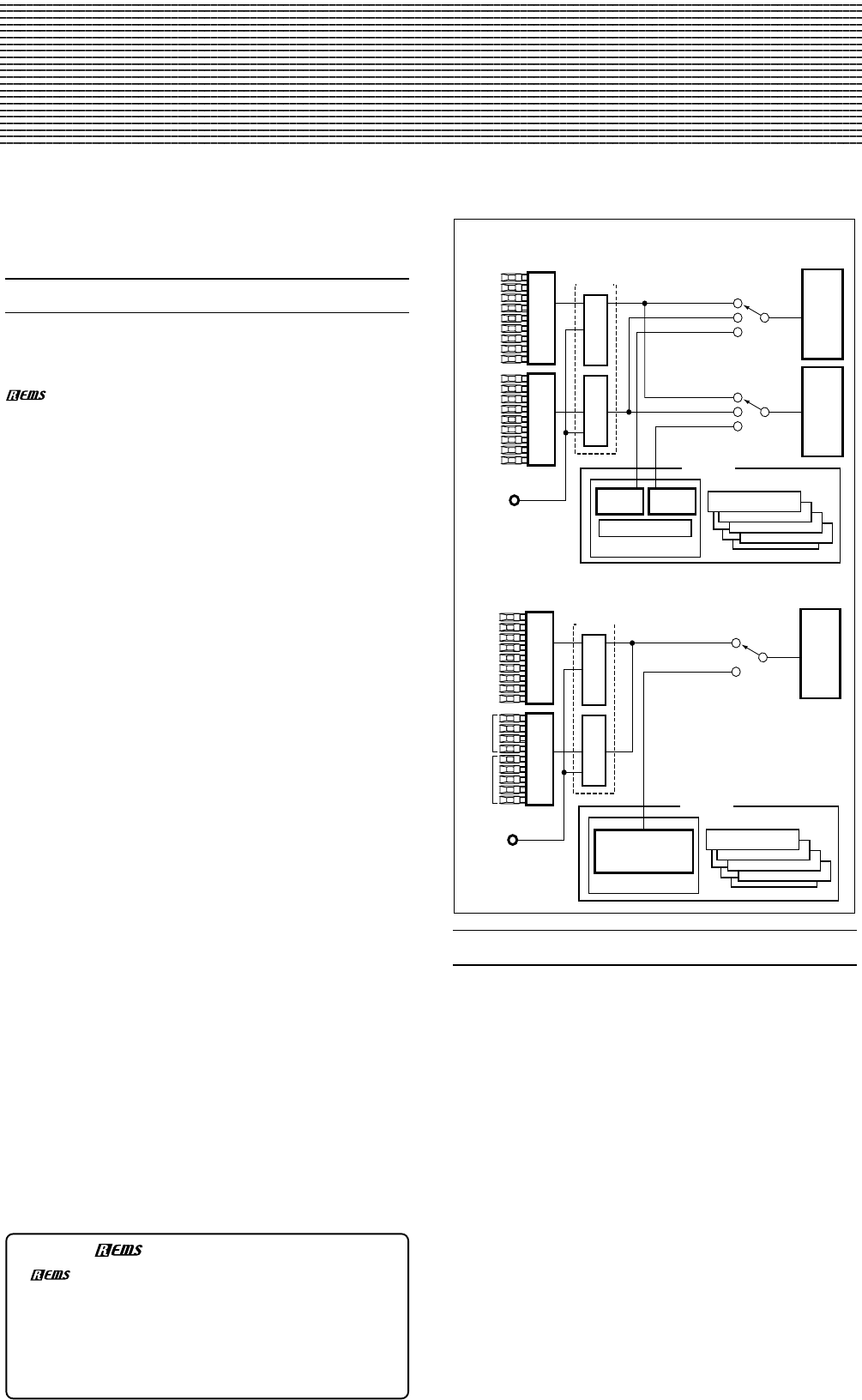
Introduction
1
Introduction
DRAWBAR 1, 2
DRAWBAR PRESET
Program
Drawbar
Register
MIDI CC#
Drawbar 1
Drawbar 2
Controller Setting
Rotary Setting
Amp Setting
Reverb Setting
Drawbar
EX Drawbar
EX Percission
Drawbar Setting
Percussion Setting
EX mode
DRAWBAR SELECT
for UPPER
EX Percission
EX Drawbar
Drawbars and tone generators
DRAWBAR 1
DRAWBAR 2
DRAWBAR PRESET
DRAWBAR 1
DRAWBAR 2
DRAWBAR PRESET
Program
Drawbar
Register
UPPER
tone generator
MIDI CC#
Drawbar 1
Drawbar 2
Controller Setting
Rotary Setting
Amp Setting
Reverb Setting
UPPER LOWER
Drawbar Setting
Percussion Setting
DRAWBAR SELECT
for LOWER
Normal mode
DRAWBAR SELECT
for UPPER
DB Preset's Perc
LOWER
tone generator
UPPER
tone generator
The modes of the CX-3
Normal mode and EX mode
In these modes you can select and play programs.
The main differences between Normal mode and EX
mode are given below.
Normal mode
• The sound is created by one set of drawbars
• The Upper tone generator and Lower tone generator
can be used
• The keyboard can be split
EX mode
• The sound is created by two sets of drawbars
• The Upper tone generator is used
Normal Edit mode and EX Edit mode
Here you can edit the program parameters of Normal
mode or EX mode.
Global mode
Here you can make settings that affect the entire CX-3,
such as master tune, transpose, and global MIDI
channel.
1. About the CX-3
Main features
The CX-3 contains a newly developed tone wheel organ
modeling tone generator that reproduces the distinctive sound
of a tone wheel organ.
technology is used to create spatial effects such as rotary,
chorus/vibrato, and reverb, faithfully simulating the effects of a
combo organ. It creates the modulated sounds produced by the
turning rotor and horn, the natural overdrive, and chorus/
vibrato to produce an authentic sense of presence. The CX-3 is
all you need to enjoy real organ sound.
By operating the two sets of drawbars on the front panel, you
can modify the sound in realtime while you play. In Normal
mode, the sound is created using one set of these drawbars. In
EX mode, the sound is created using both sets of drawbars. In
EX mode, you can use the drawbars to control percussion,
creating new sounds that could not be produced before.
A conventional keyboard will not sound until you depress the
key all the way; however the CX-3 will sound when a key is
even slightly depressed. This allows more rapid response, and
ensures precise glissandi and trills.
The CX-3 lets you produce the percussive “clunk” sound that is
characteristic of tone wheel organs. You can also make settings
so that a key click is heard when you press and release a key,
creating the sense of attack that is distinctive on these organs.
128 programs are built-in (Normal mode: 64, EX mode: 64),
allowing you to enjoy a variety of organ sounds.
The CX-3 has two tone generators, the Upper tone generator
and the Lower tone generator. In Normal mode, you can use
both the upper and the lower tone generator. In EX mode, you
can use only the Upper tone generator.
In Normal mode, you can use the Split function to divide the
keyboard into two areas, and play different sounds as though
you were using two keyboards.
If you do not use Split, the keyboard will use the Upper tone
generator. If you use Split, the right side of the keyboard will
use the Upper tone generator, and the left side will use the
Lower tone generator.
The Upper and Lower tone generators can be assigned
separate MIDI channels, so that either tone generator can be
used from an external MIDI keyboard connected to the MIDI
connector.
To create its sound, the CX-3 uses the Drawbar 1 and Drawbar 2
sets on its front panel, and the drawbars specified by each
program. Drawbar settings can also be set via MIDI.
By using the keys of the DRAWBAR SELECT section you can
use the drawbar settings that you wish. (Refer to the diagram.)
What is ?
(Resonant structure and Electronic circuit Modeling
System) is KORG’s proprietary sound modeling technology
which precisely reproduces the complex character and nature of
both acoustic and electric instruments as well as electronic
circuits in real world environments. REMS emulates a wide
variety of sound generation characteristics including instrument
bodies, speakers & cabinets, acoustic fields, microphones,
vacuum tubes, transistors, etc.


















